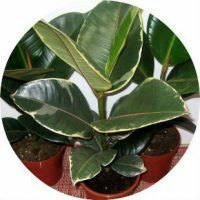
Most room ficuses do not require special attention. Therefore, they are bred in a home environment and put in offices. Among the varieties of ficuses are plants that differ in the color and shape of the leaf, trunk. Probably, someone will pick up for itself the most comprehensible variant. Consider varieties of ficuses with photos and names.
- ficus benghalensis( Banyan)
- Ficus Benjamin
- Ficus Binnendiyka
- Ficus Ginseng( Ginseng)
- Ficus Mountain( Montana)
- Ficus deltoid( variegated)
- Ficus Dracaena
- Ficus Carica( figs room)
- ficus lyrata
- Ficus Melanie
- Ficus Parcella
- Ficus leucorrhoid
- Ficus creeping
- Ficus Pumila White
- Ficus multiple leaf
- Ficus Retusa
- Ficus rusty( Rubiginosis)
- Ficus sacred( Sacred fig)
- Ficus triangulary(Triangular)
- Ficus ivy( dwarf)
- Ficus elastic( elastica)
ficus Bengali( Banyan)
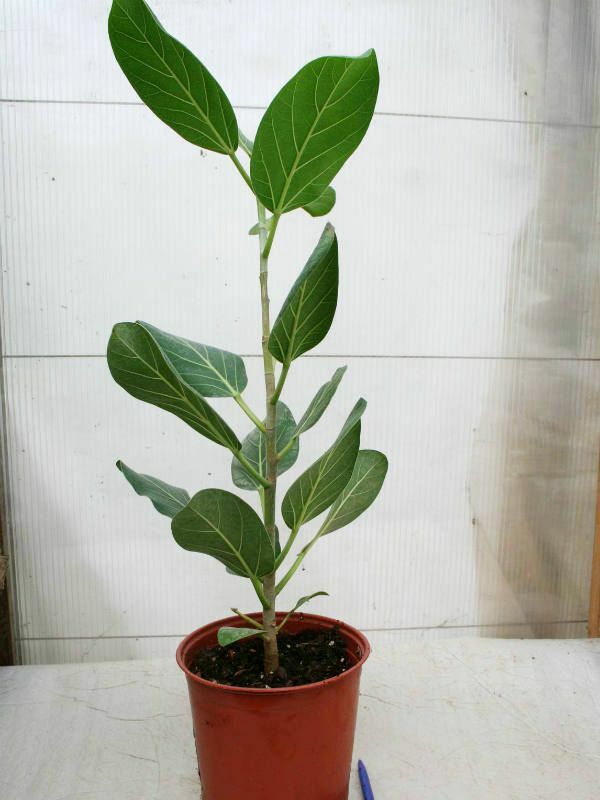
Homeland of this kind of ficus considered the countries of Southeast Asia. He has a very amazing crown - from the ground grows as it were a few trunks. In fact, this is just one plant, belonging to the special forms of flora - banyan. In the process of forming the trunk on the horizontal trunks of the ficus, roots are formed. Some of them, without obtaining the necessary moisture, wither. Those who "get" to the ground, take root, forming a new trunk.
Subsequently, they also shoot out. Due to this cyclicity, the ficus grows in breadth. The plant has ovoid or oval leaves with a leathery, sinewy surface. In the process of flowering there are sycons. These are inflorescences of a spherical shape, orange. Their diameter is 2-3 cm. To have Benjamin ficus, you need a large area and special conditions. For small rooms choose the shape of bonsai plants.
to the table of contents ^Ficus Benjamin
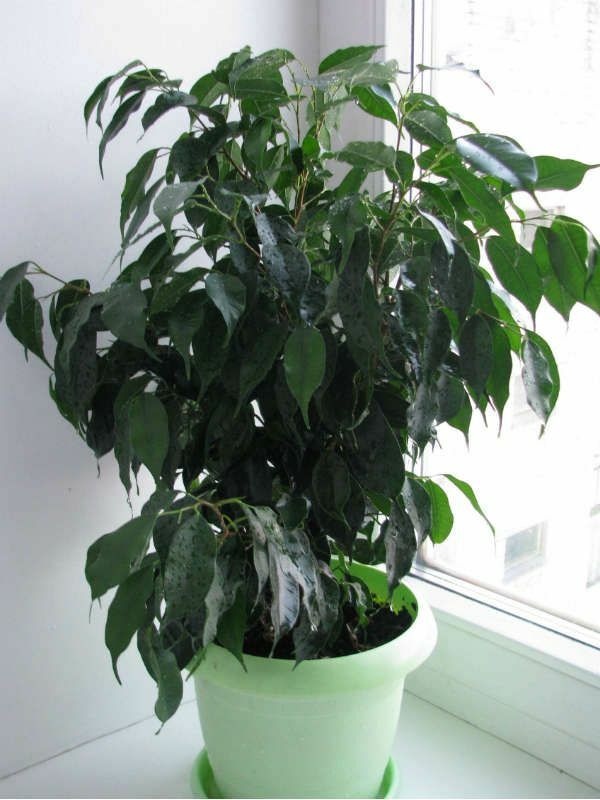
The plant is like a bonsai tree. Crown ficus branched, gray-beige with a smooth surface, has the right shape. The trunk of the plant is low, with drooping shoots, overgrown with aerial roots. The oblong-oval shape of the Benjamin ficus leaf at the end has a sharpening. Their width is 2-5 cm, and the length is 5-20 cm. The crown of the plant is so thick that sometimes the trunk can not be seen behind it. Depending on the conditions of care, it can reach a height of up to 3 meters.
Ficus Binnendijk
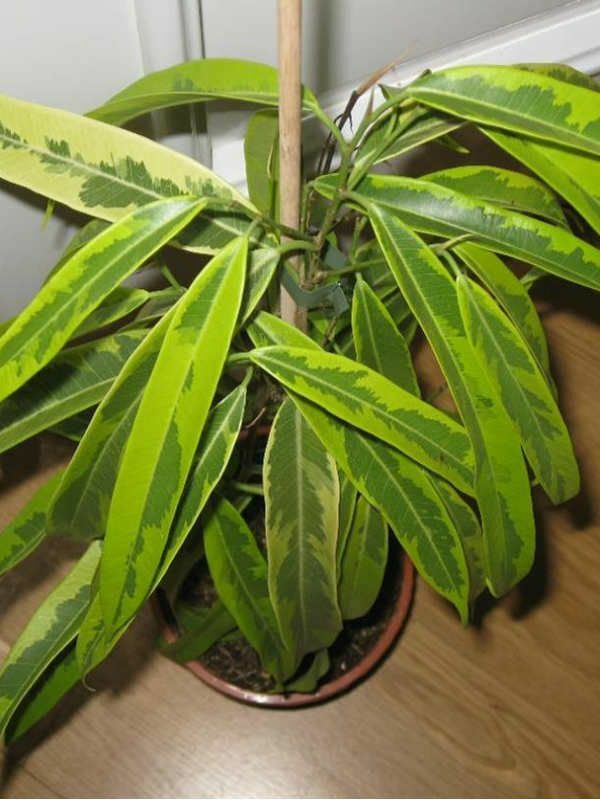
A plant with a long rough trunk, over which the hillocks of the roots hang. The form of the leaf is lanceolate-oblong with a pointed tip. They have different colors of green shades. The edges of the leaves are white, and the surface can be covered with spots. During the growth of plants from below, they fall off, denuding the crown. The maximum width of the leaves is 2 cm, the length is 30 cm.
to the table of contents ^Ficus Ginseng( ginseng)
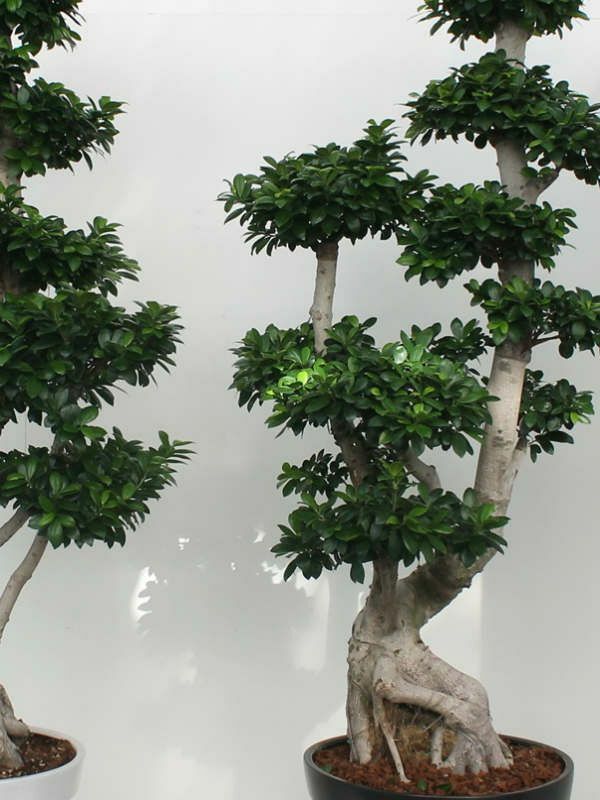
Most often, such ficus, growing in the house, form it in the form of bonsai. Refers to the forms of banyan. Above a multitude of trunks, grown from lateral roots, towers a magnificent crown of small twigs. Leave the plants have an oval slightly pointed form. The yellow color of the fig fruit after maturation acquires a dark red color. Once every three years, the plant completely changes its foliage.
Ficus mountain( Montana)

On tea plantations, this crawling, low shrub is considered a weed. In the indoor conditions, the mountain ficus is grown in the form of a ground cover or ampel plant. Its brown-green thin shoots have a smooth surface. If you touch the leaves of the plant, it will appear that they have roughness. This is because of the bristly hairs with which they are covered. Their shape is similar to oak leaves. Their maximum width is 5 cm, and the length is 8 cm. The diameter of slightly pubescent ficus fruits is 1.3 cm. Their color is from yellow to red in speckles.
to contents ^Ficus deltoid( variegated)
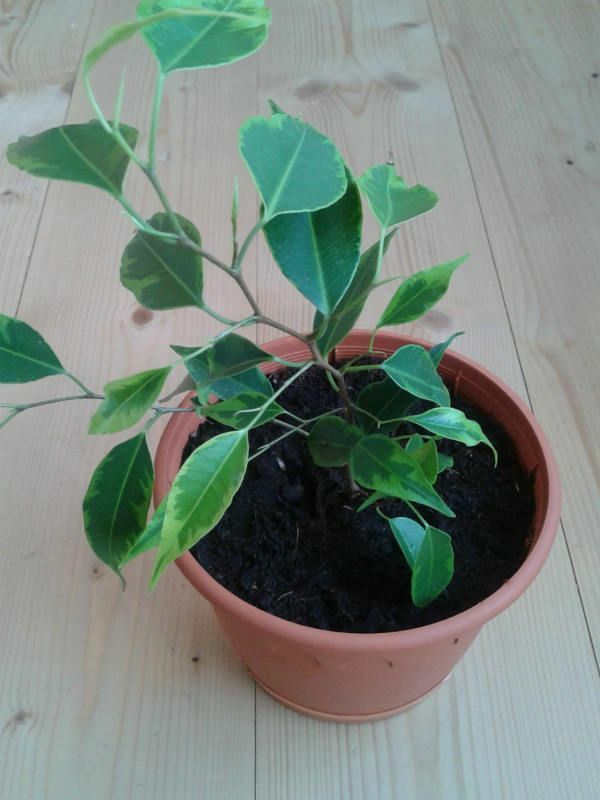
The name of this plant is derived from the Greek delta. This is due to the specific shape of the sheet. It resembles the letter delta or triangle. The plant is characterized by heterophilia. That is, the presence of leaves of different sizes and shapes on a single plant. This can be observed even on one runaway. The surface of the leaves is leathery and glossy, with a slight bulge. The color of the bark is gray-brown, the crown is of a sinuous shape.
to the table of contents ^Ficus Dracena
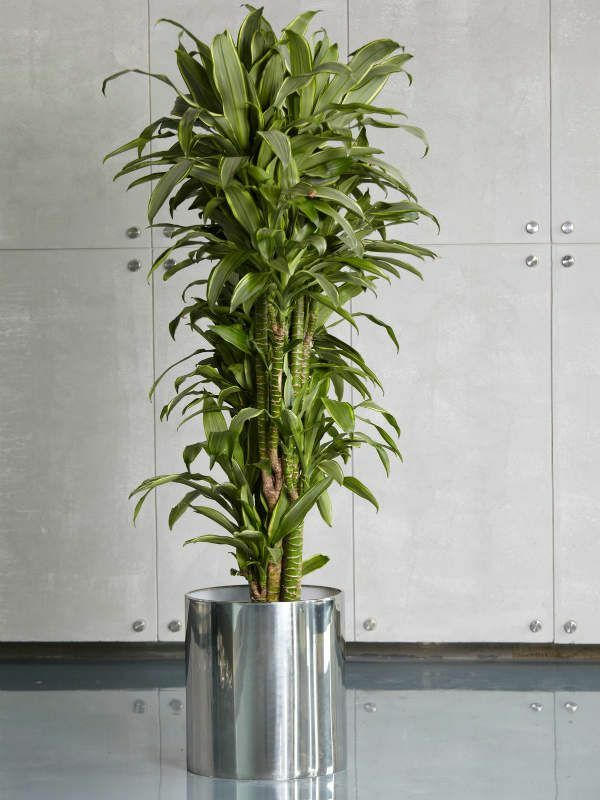
A treelike plant that can reach three meters in height. The tall sturdy trunk of this ficus ends in a lush crown. It consists of narrow long leaves. After their fall, a characteristic scar forms on the site of growth. There are varieties of Dracena ficus distinguished by the color of the crown.
to contents ^Ficus Karika( figs room)
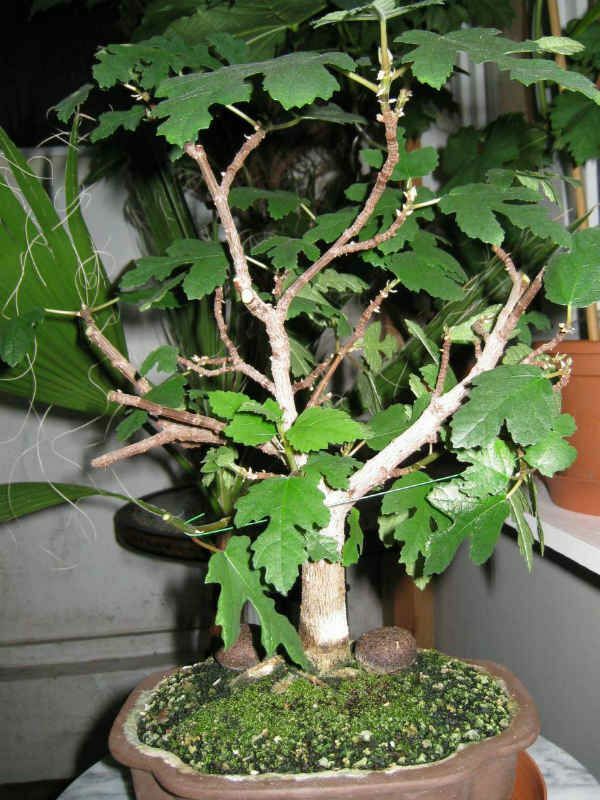
The name of this plant corresponds to the area of Asia Minor in which it was grown. The fairly thick, brownish-gray barrel of Karika's ficus is not distinguished by a large height. The uneven toothed leaves are covered with hairs from below. They have a specific smell. All parts of the ficus, with the exception of the ripened fruit, are capable of secreting lacteal juice. Once on the skin of a person, it can cause irritation.
to contents ^Ficus lyrate
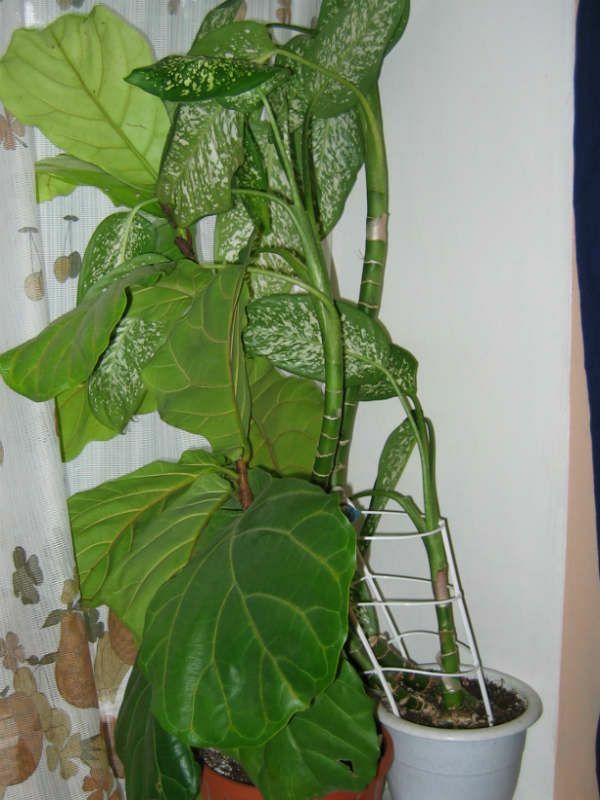
In nature it occurs in tropical Africa. Its name is lyrical ficus due to the similarity with the musical instrument. Characterized by the absence or a small number of air roots. Therefore, he is not considered to be banyan. Rough crown of the plant has a gray-brown tinge. Glossy, slightly wrinkled, leathery ficus leaves have wavy edges of rounded shape. In the middle, a pronounced vein with 3-5 branches. The color of the sikonium is green in white speckles.
Ficus Melanie
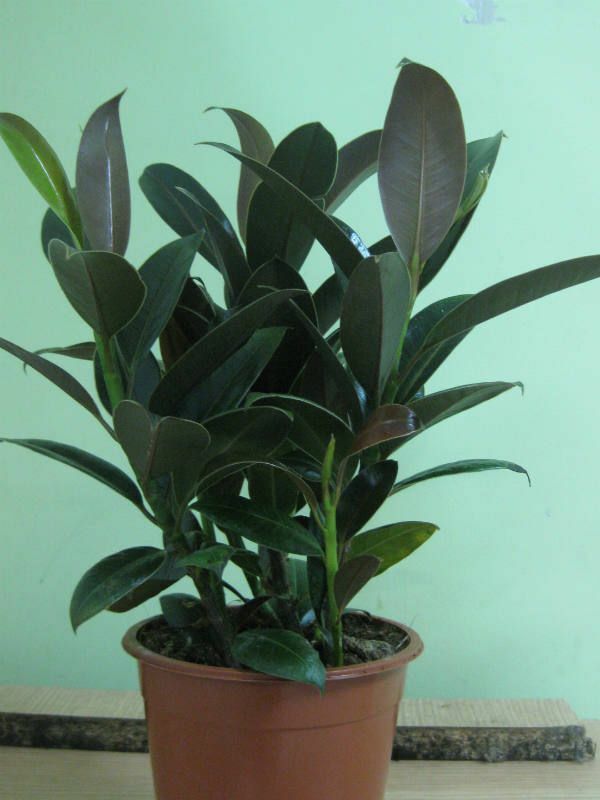
In Indonesia, which is home to the Melanie ficus, these plants are considered sacred. The first time after the landing, it has an unbranched lignified crown. Then, air roots are formed on the trunk, which, reaching the ground, form banyan. The skinlike, dark green leaves of the epiliptical form on the end are slightly pointed. Indoor plants do not blossom, but form fruits-sycium. Its parts emit a poisonous juice.
to contents ^Ficus Parcel
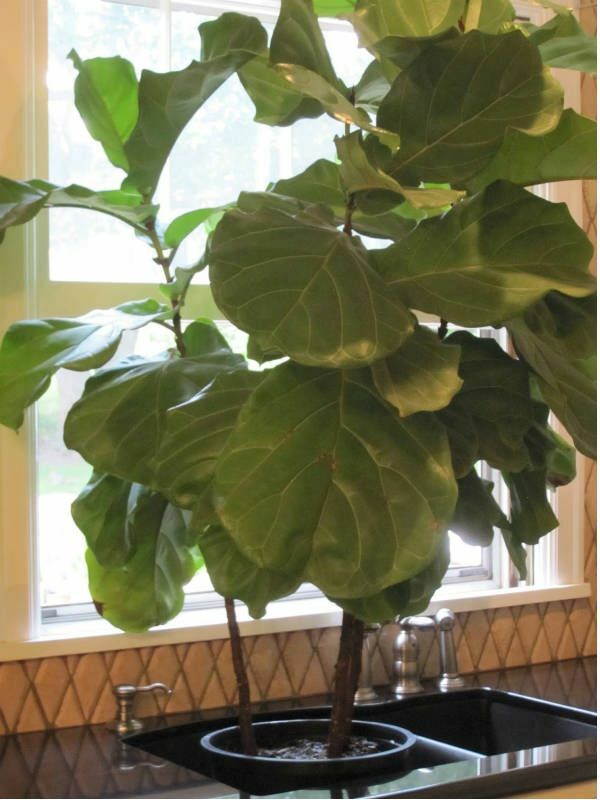
It stands out among the family of ficuses with an unusual appearance. It is a small bush with thick foliage and drooping branches. The color of the crown is brownish-yellow. Ficus leaves Paracella is oval in shape with a narrowed tip, a light green tint and an irregularly shaped patch of yellow-white patches.
to the table of contents ^Ficus plyuschelistnyy
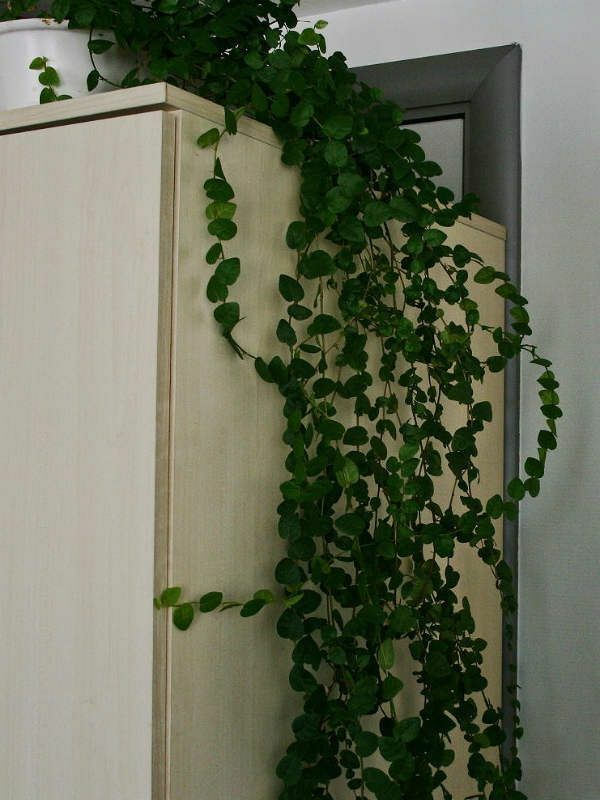
Interesting plant with a thin, braided trunk. From it along the entire length grow dark green leaves of the three-lobed form. Their edges are painted in a white and yellow color. For this plant, space is important and the ability to splash on any surface.
to contents ^Ficus creeping
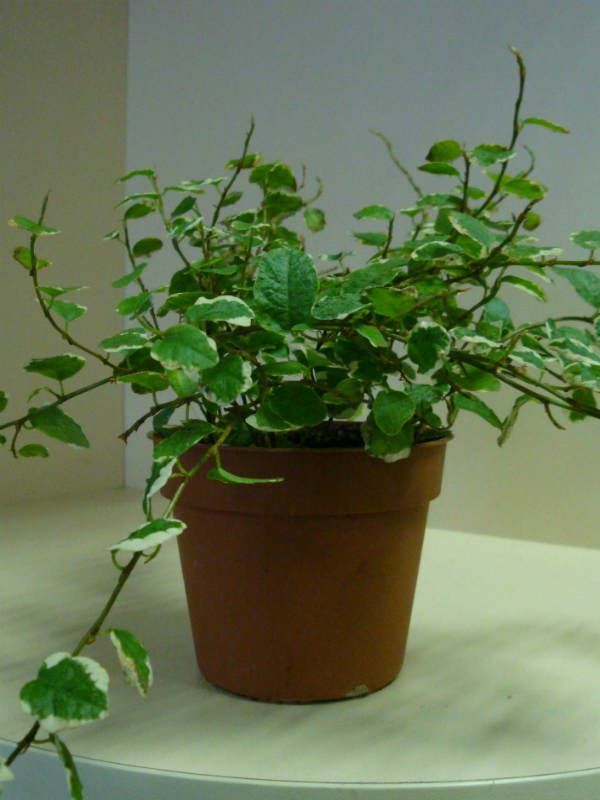 Curly creeping plant. On its long stem, numerous additional roots are formed. With his suckers, he can attach to a crack, another plant or a support. Rigid oval leaves have a cordate shape. On its dark green surface is formed a network pattern of yellow hue.
Curly creeping plant. On its long stem, numerous additional roots are formed. With his suckers, he can attach to a crack, another plant or a support. Rigid oval leaves have a cordate shape. On its dark green surface is formed a network pattern of yellow hue.
Ficus Pumila White

This name is due to its small leaves. Pumila from Latin means small. This is a liana with long creeping shoots. On them along the entire length of the subordinate roots are formed. The thickness of the stems of an adult ficus can exceed 5 cm. Oval-cordate asymmetric leaves are arranged in two rows. Their wrinkled, rough surface is covered with a mesh pattern.
to the table of contents ^Ficus leafy
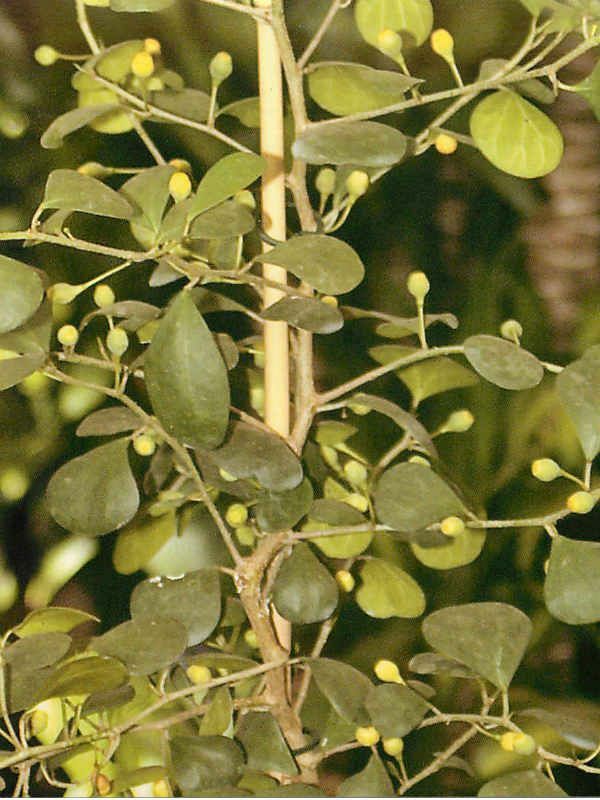
The name of this plant was given due to the fact that it is possible to find leaves of different shapes on its branches. The length of a thin tree-like stalk of the indoor ficus does not exceed 1 meter. Its oval-rounded leaves have a leathery surface. On the dark green background of the sheet are small spots of brown. Decorative fruits of a plant the size and color are similar to an olive.
to the table of contents ^Ficus Retusa
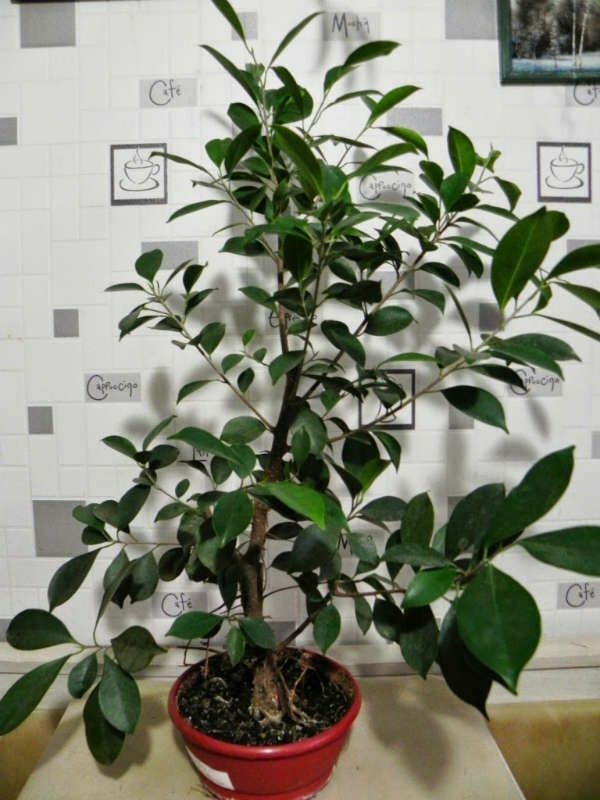
Thanks to a thick trunk of a bizarre shape, this kind of plant is often used for growing bansai. He is also known as a laurel tree or a Cuban ficus. Air exchange of the plant is carried out by means of reddish spots on its crown. The leaf shape of this ficus is ovoid with a sharp tip. Its dark green surface has a leathery texture.
Ficus rusty( Rubiginosa)
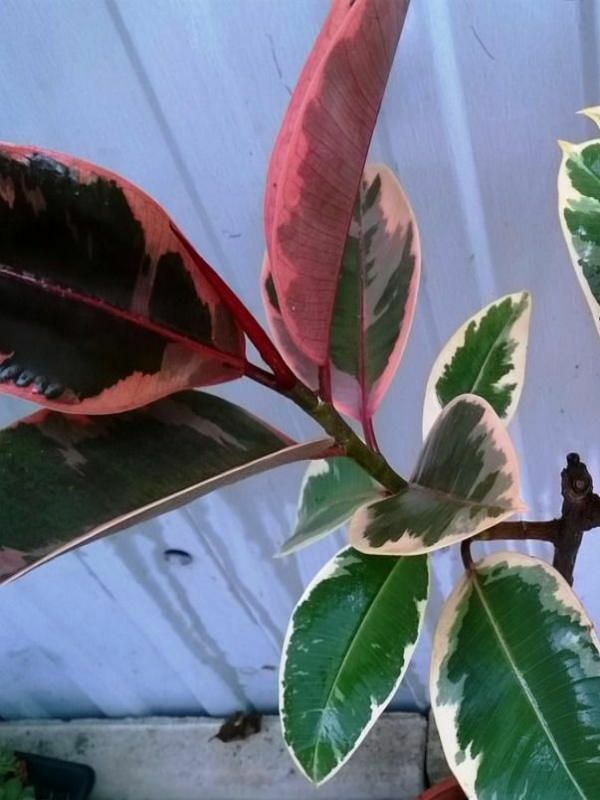
Shoots of a young plant of a reddish color. The air roots of this ficus are formed in the lower part of the crown. The leaves are large, leathery in length can reach 25 cm. Their color is dark green. Under the leaf and on its petiole you can notice a reddish-brown shade. It is because of this that the ficus is called rusty.
to the table of contents ^Ficus sacred( Sacred fig)
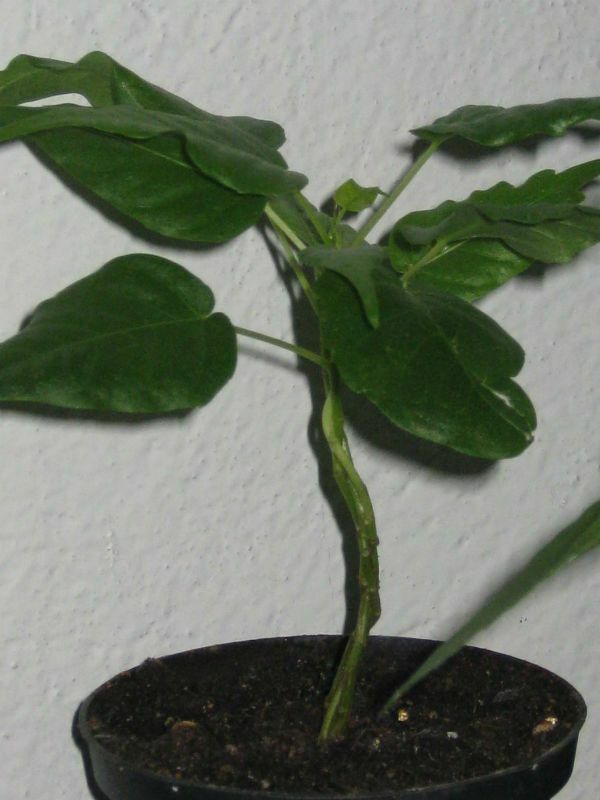
This Buddhist plant is considered sacred because it was under him that Prince Gautama was transformed into a Buddha. Its lower part of the crown is covered with aerial roots. The heart-shaped leaves of the ficus on the end form a drip point. When the atmospheric pressure changes, you can observe the "weeping" of the sacred tree. This is when juice appears on the end of the leaf. Their shade is greenish-blue with an axial vein of yellow-white color.
to table of contents ^Ficus triangularis( triangular)
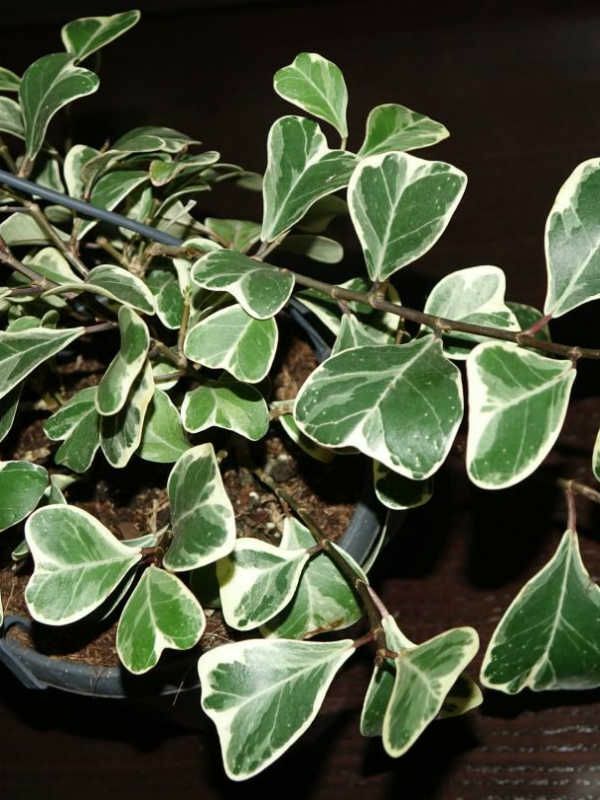
Woody shrub with brown crown native to Africa. Covered with leathery leaves of triangular shape, attached to the trunk top. In the middle a denticle with branches. Plentifully fructifies with spherical syconyms of green or yellow hue.
to contents ^Ficus rooting( dwarfish)
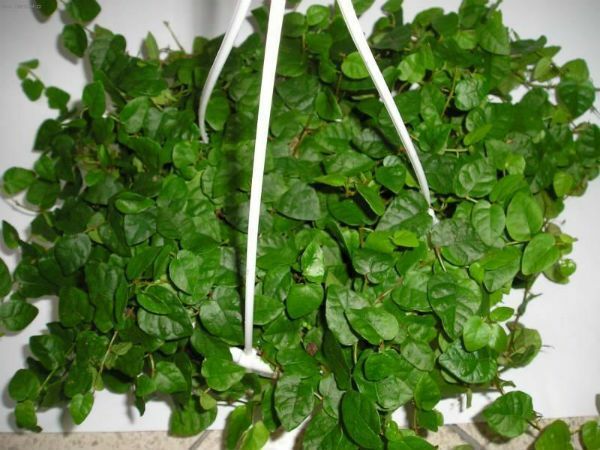
Thin curly shoots are abundantly covered with foliage. The motherland of this ficus is India. The plant is rooted with the help of nodal formations on its stems. Can braid large areas. Lenticular, smooth leaves have a leathery texture. To the stalk they are attached with the help of short petioles. The dark green color of the leaves is diluted with a yellow and white pattern around the edges.
to contents ^Ficus elastic( rubber)

Has a weakly branching trunk, which at home can reach two meters. Its juice contains rubber, which gave the plant a second name. In sufficiently humid rooms, throws air roots. The rough crown of the plant is greyish-green colored with horizontal grooves. Elliptical leaves on the tip have a sharpening. Their surface is glossy, leathery. Sycoses appear with sufficient moisture. They are spherical and yellowish green in color.
Very good article and the photos are beautiful. I read it with pleasure.

Last year, I got a dracaena, after two weeks I transplanted it into my pot from the store, I would like to clarify when and at what time of the year it is better to transplant further.